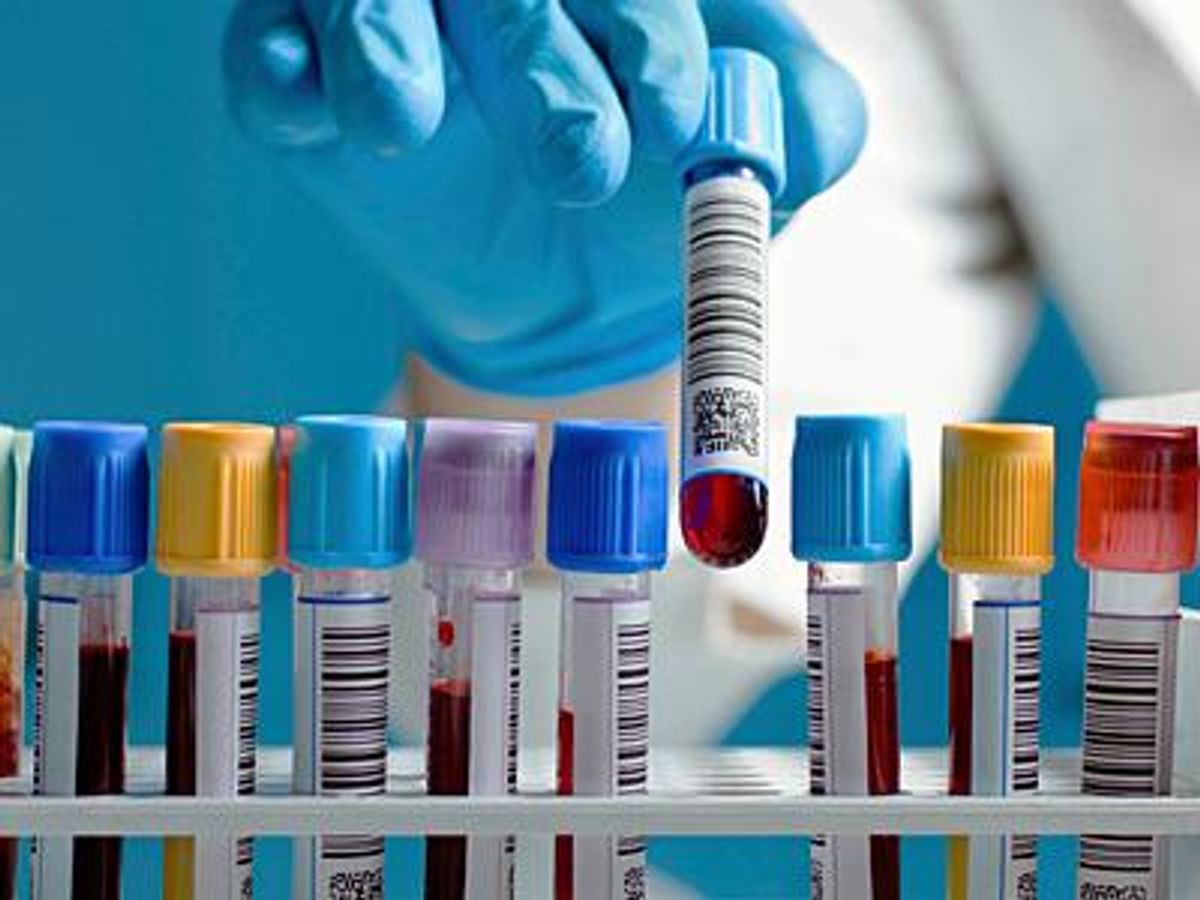A treatment regularly used to combat lymphoma could help cure HIV, according to a new report from AmericaBlog. The drugs, classified as histone deacetylase (HDAC) inhibitors, may be the next big breakthrough in helping to treat and possibly cure HIV.
One of the biggest challenges to curing HIV has been destorying parts of the virus that can enter cells and remain dormant for extended periods of time. In laboratory research, HDAC inhibitors were shown to disrupt the virus’s ability stay hidden, forcing the dormant cells to become active, and therefore vulnerable to antiretroviral medication. But when one specific inhibitor, valproic acid, was given to HIV-positive research participants, it had little to no effect.
But a new study lends hope that a new HDAC inhibitor, vorinostat, may do the trick.
Vorinostat was used in small doses in a short trial of eight HIV participants. The results showed that after the vorinostat was administered, there was first an increase in HIV markers — the amount of active virus in the blood — followed by a sharp decline in HIV markers. From these results, scientists deduced that the vorinostat forces the virus to become active, allowing the antiretroviral therapy the participants were already taking to do their job and destroy the virus.
Scientists hope that larger doses of vorinostat might allow for the virus to be cleared from the body on a larger scale, perhaps neutralizing all HIV from cells. Scientists continue to investigate if HDAC inhibitors, in combination with other established HIV treatment options, could lead to a cure for HIV.












































































